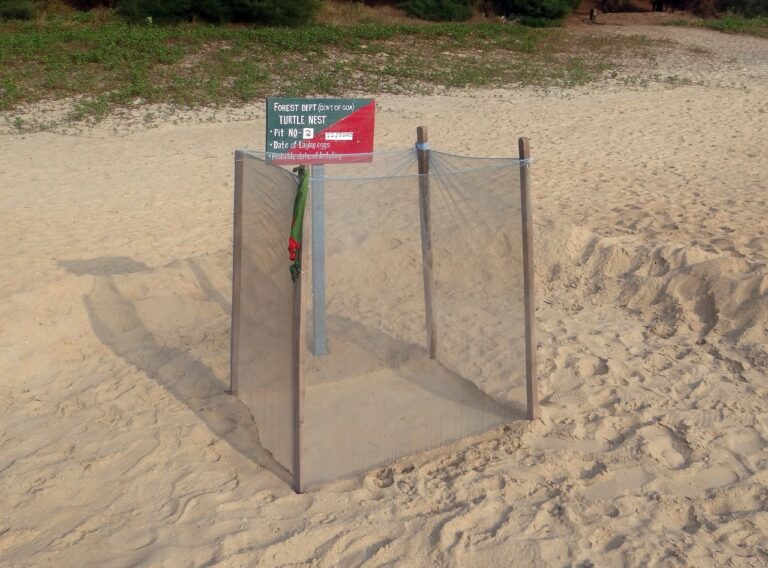Crisis Communication with the Media: Best Practices for Campaigns
In crafting a crisis communication plan, one of the pivotal components is establishing a clear chain of command. This ensures that in the event of a crisis, all team members know their roles and responsibilities, facilitating swift and effective decision-making. By delineating hierarchy and communication channels in advance, organizations can minimize chaos and confusion during a crisis.
Another crucial element of a robust crisis communication plan is the identification and analysis of potential risks and threats. Conducting thorough risk assessments allows organizations to anticipate possible crises and develop proactive strategies to mitigate their impact. By understanding the various scenarios that could unfold, companies can tailor their communication strategies to address each specific situation appropriately.
Understanding the Role of Media in Crisis Situations
During a crisis, the media plays a crucial role in shaping public perception and disseminating information. Journalists are often the first to report on developing situations, making it essential for organizations to engage effectively with the media. Failure to do so can result in misinformation spreading rapidly, damaging the reputation of the organization and hindering efforts to manage the crisis.
Media coverage can have a significant impact on how a crisis is perceived by the public. Negative or inaccurate reporting can fuel panic and undermine the credibility of the organization at the center of the crisis. By proactively engaging with the media and providing clear, accurate information, organizations can help shape the narrative surrounding the crisis and maintain trust with stakeholders. Building strong relationships with journalists and establishing open lines of communication can also facilitate smoother crisis management and ensure that accurate information is disseminated in a timely manner.
Developing Clear and Consistent Messaging
During a crisis situation, one of the most crucial aspects of effective communication is developing clear and consistent messaging. This involves ensuring that all information shared with the public is accurate, up-to-date, and aligned with the overall communication strategy. In times of uncertainty and confusion, clear messaging can help provide clarity and reassurance to those affected by the crisis.
Consistency in messaging is essential to establish trust and credibility with stakeholders. When messages are inconsistent or contradictory, it can lead to confusion and erode the confidence of the public. By carefully planning and crafting messages that are cohesive and coherent across all communication channels, organizations can better manage the narrative surrounding the crisis and maintain a sense of control in an otherwise chaotic situation.
What are some key components of crisis communication plans?
Some key components of crisis communication plans include establishing clear lines of communication, identifying key spokespersons, developing pre-approved messaging templates, and conducting regular training and drills.
How can understanding the role of media help in crisis situations?
Understanding the role of media in crisis situations can help organizations effectively manage their messaging and responses. By knowing how the media operates and what they are looking for, organizations can better control the narrative and ensure accurate information is being communicated.
Why is developing clear and consistent messaging important in a crisis?
Developing clear and consistent messaging is important in a crisis to maintain credibility, avoid confusion, and effectively communicate important information to stakeholders. Consistent messaging helps to reassure the public and maintain trust in the organization.







